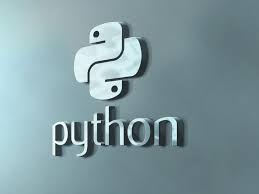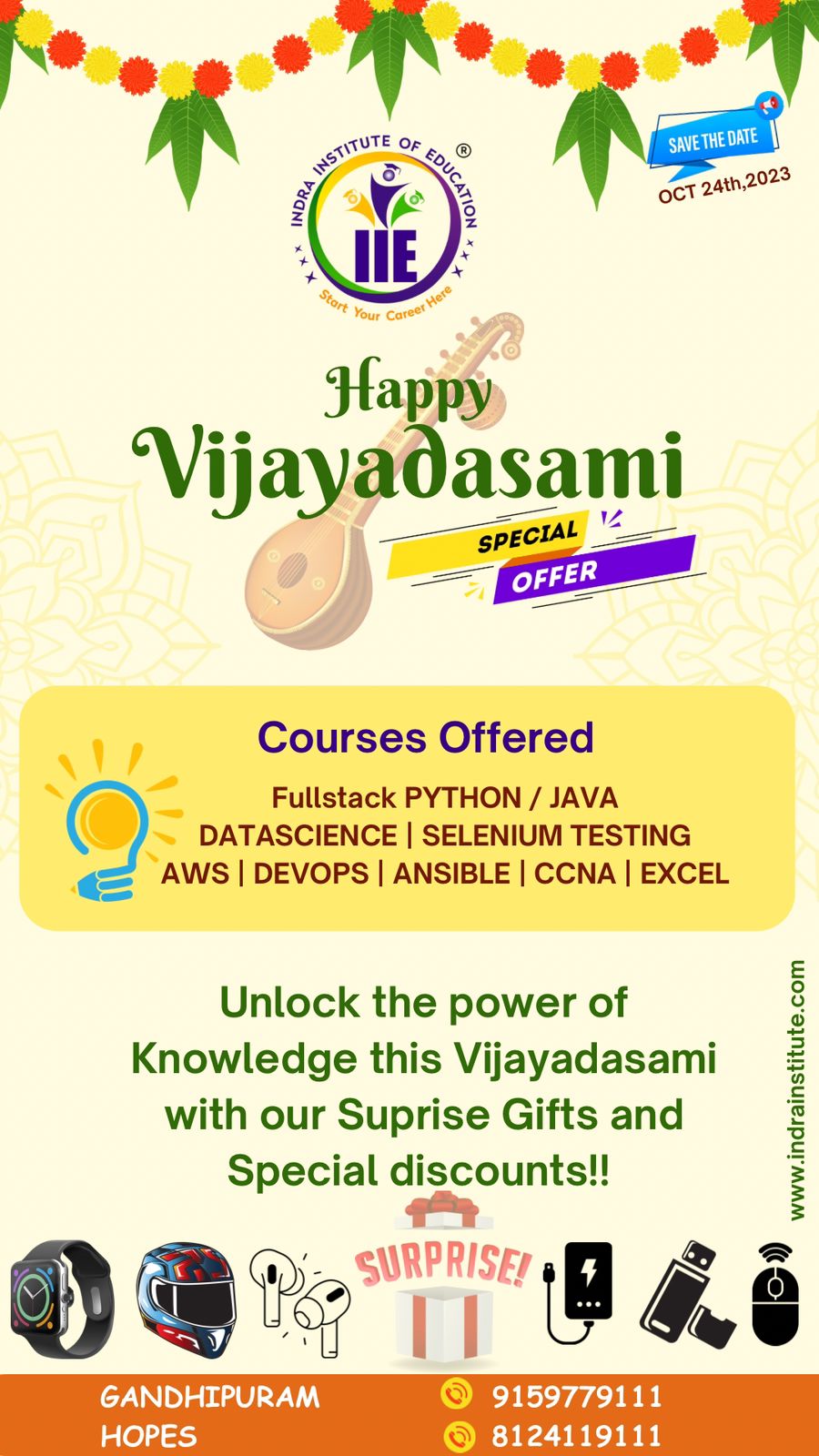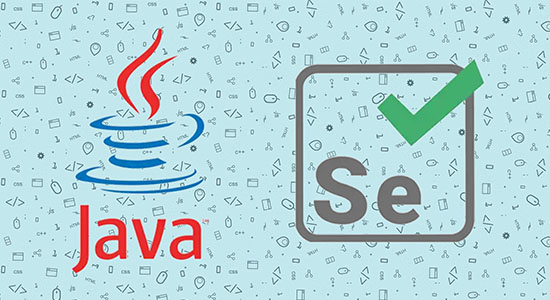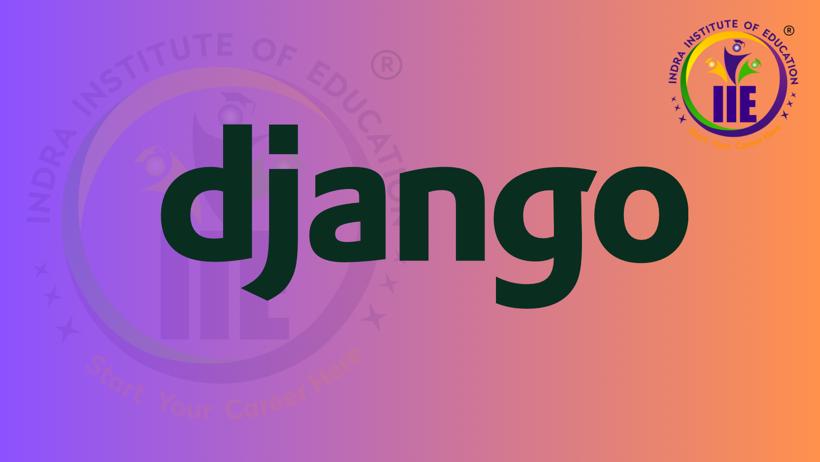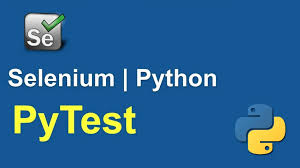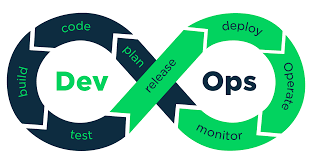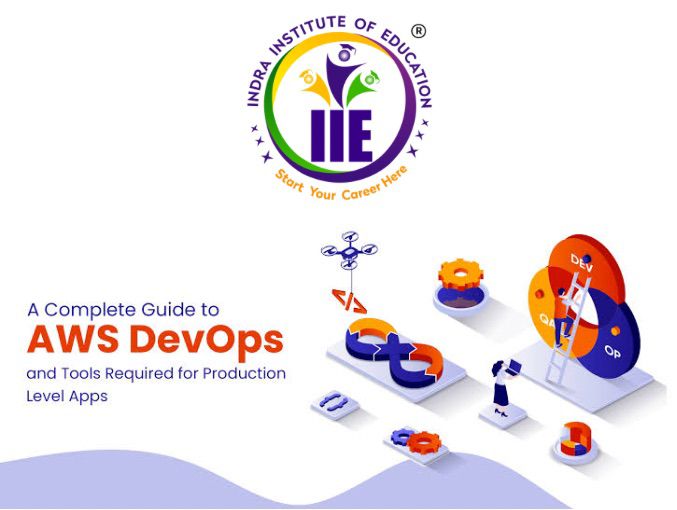PYTHON LEARNING
Have you ever dreamt of mastering fullstack python programming? Well, now is the time to make that dream a reality! Writing a blog is one of the most effective ways to enhance your fullstack python learning. With the power of writing, you can showcase your knowledge, collaborate with other learners, and inspire fellow learners to take up the challenge. So, let's get started today and write that blog. Together, we can unlock the full potential of fullstack python programming. Happy learning!" #fullstack #python #blogging #learning
What are the fundamentals concepts of Fullstack Python development ?
1. Python language: The first fundamental concept is the Python language itself, which is used to build web applications. It's an interpreted language that's easy to learn and understand, yet powerful enough to create complex applications.
2. Front-end development: This is the part of full-stack development that deals with the creation of user interfaces. It involves using HTML, CSS, and JavaScript to build attractive and interactive web pages. Python frameworks such as Django and Flask can be used for front-end development.
3. Back-end development: This is the part of full-stack development that deals with the server-side of web applications. It involves using Python, as well as libraries and frameworks such as Django and Flask, to build application logic, manage data, and handle user requests.
4. Database programming: Databases are an integral part of any web application. Python supports various types of databases including relational, NoSQL, and object-oriented databases. Database programming in Python involves connecting to the database, querying data, and manipulating data.
5. RESTful API development: RESTful APIs are used to connect front-end and back-end components of web applications. Python supports building RESTful APIs using frameworks such as Flask-RESTful and Django REST framework.
6. Cloud computing: Full-stack Python developers need to have a good understanding of cloud computing. They should be able to deploy, manage, and scale web applications on cloud platforms such as Amazon Web Services (AWS), Microsoft Azure, and Google Cloud Platform (GCP).
7. Security: Web application security is an essential consideration in full-stack Python development. Developers need to be familiar with common threats such as SQL injection, cross-site scripting (XSS), and cross-site request forgery (CSRF), and use encryption, authentication, and authorization mechanisms to protect web applications.
What are the advantages of utilising a full-stack python framework ?
1. Python language: The first fundamental concept is the Python language itself, which is used to build web applications. It's an interpreted language that's easy to learn and understand, yet powerful enough to create complex applications.
2. Front-end development: This is the part of full-stack development that deals with the creation of user interfaces. It involves using HTML, CSS, and JavaScript to build attractive and interactive web pages. Python frameworks such as Django and Flask can be used for front-end development.
3. Back-end development: This is the part of full-stack development that deals with the server-side of web applications. It involves using Python, as well as libraries and frameworks such as Django and Flask, to build application logic, manage data, and handle user requests.
4. Database programming: Databases are an integral part of any web application. Python supports various types of databases including relational, NoSQL, and object-oriented databases. Database programming in Python involves connecting to the database, querying data, and manipulating data.
5. RESTful API development: RESTful APIs are used to connect front-end and back-end components of web applications. Python supports building RESTful APIs using frameworks such as Flask-RESTful and Django REST framework.
6. Cloud computing: Full-stack Python developers need to have a good understanding of cloud computing. They should be able to deploy, manage, and scale web applications on cloud platforms such as Amazon Web Services (AWS), Microsoft Azure, and Google Cloud Platform (GCP).
7. Security: Web application security is an essential consideration in full-stack Python development. Developers need to be familiar with common threats such as SQL injection, cross-site scripting (XSS), and cross-site request forgery (CSRF), and use encryption, authentication, and authorization mechanisms to protect web applications.
